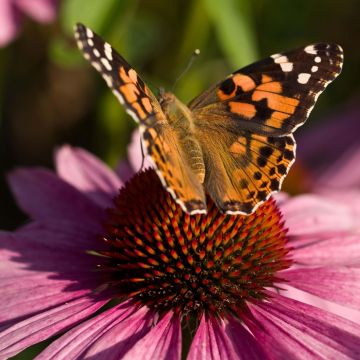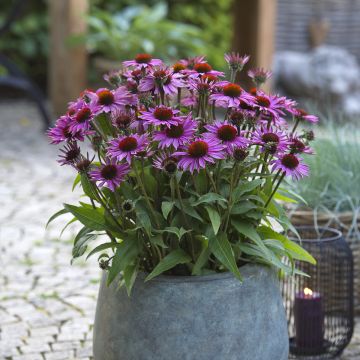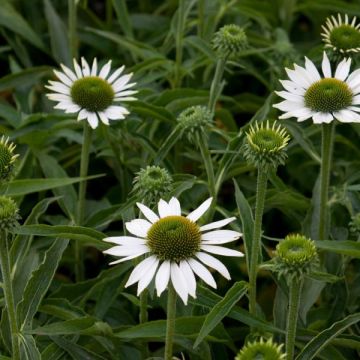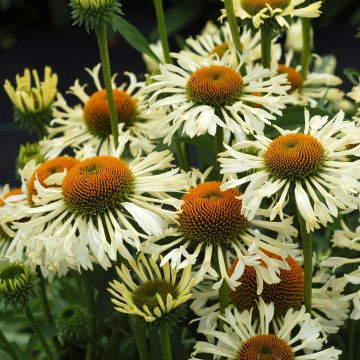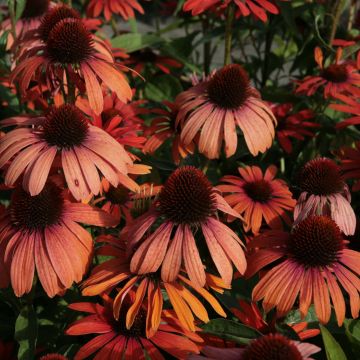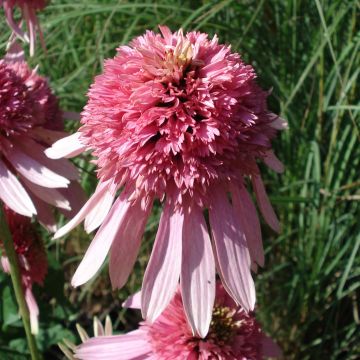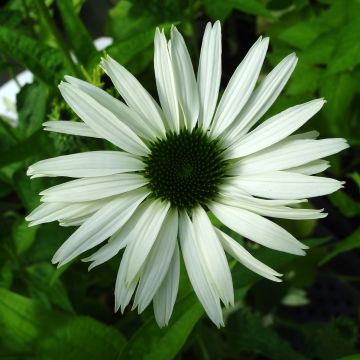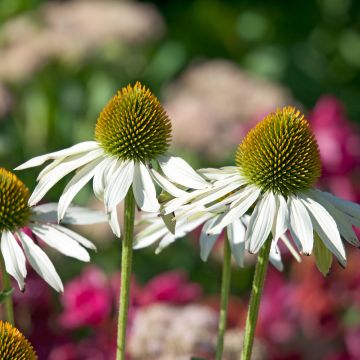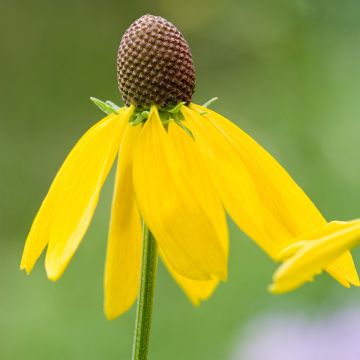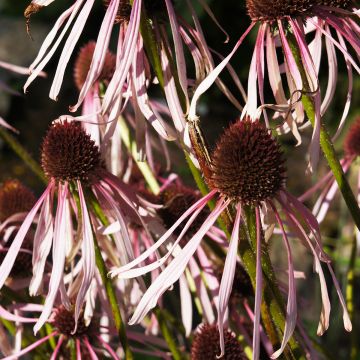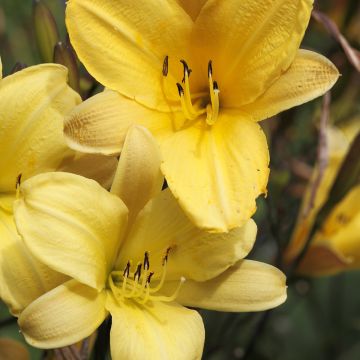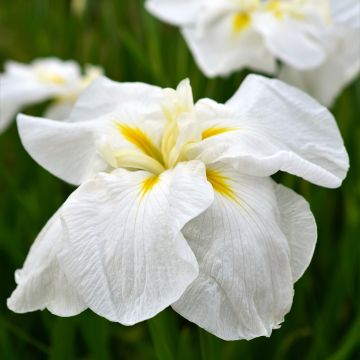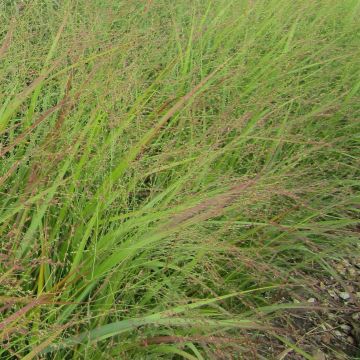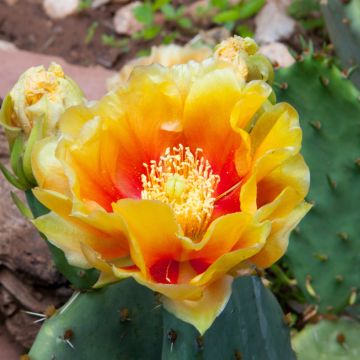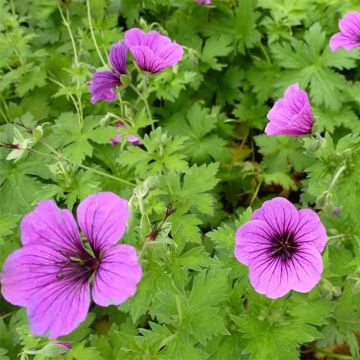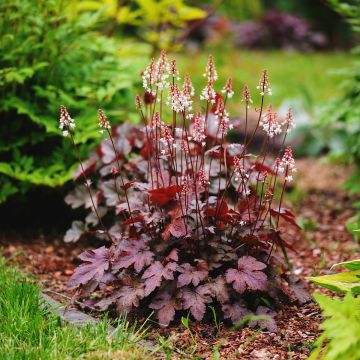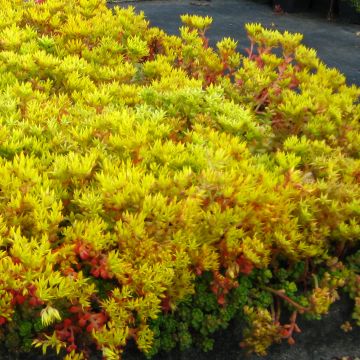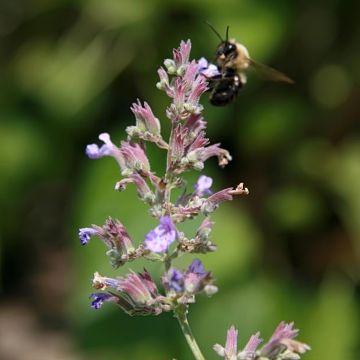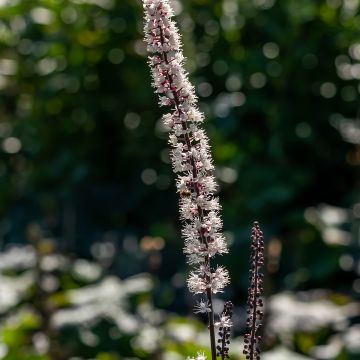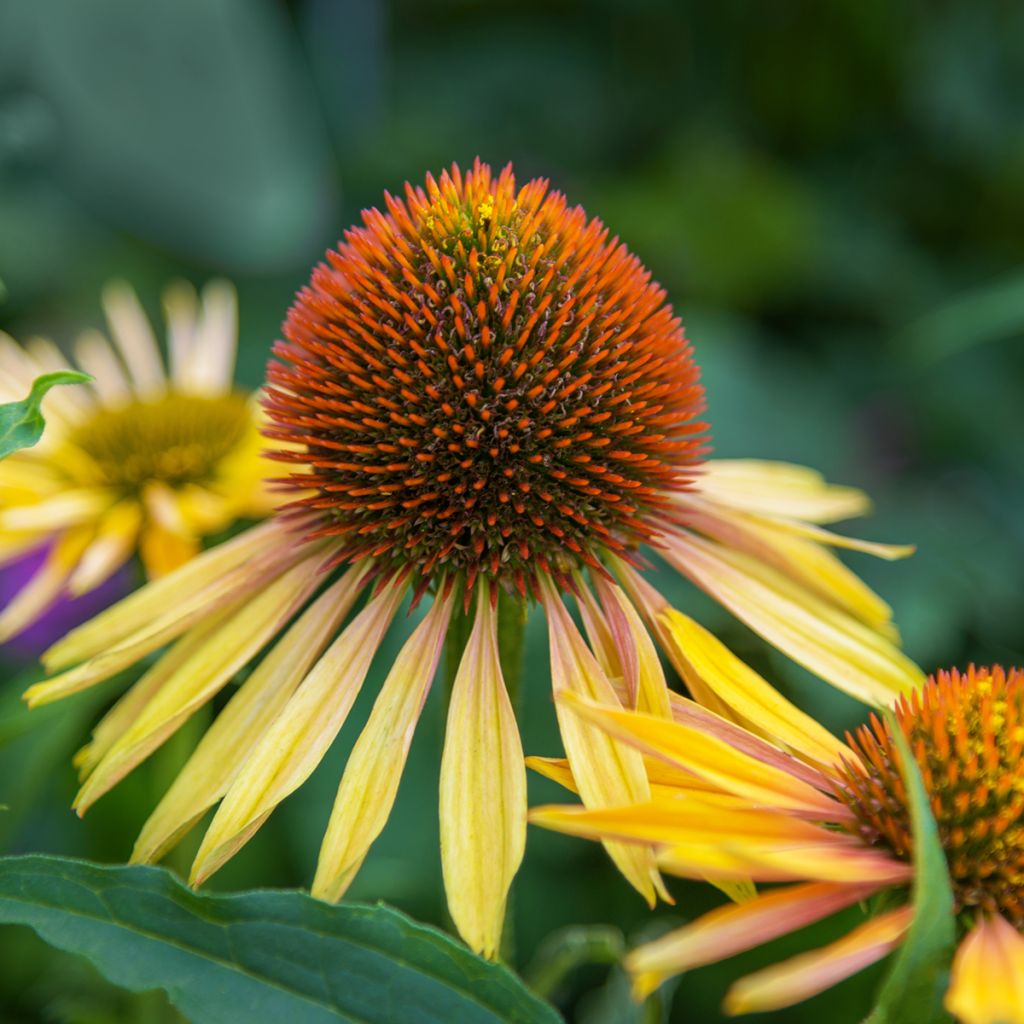

Echinacea paradoxa - Coneflower
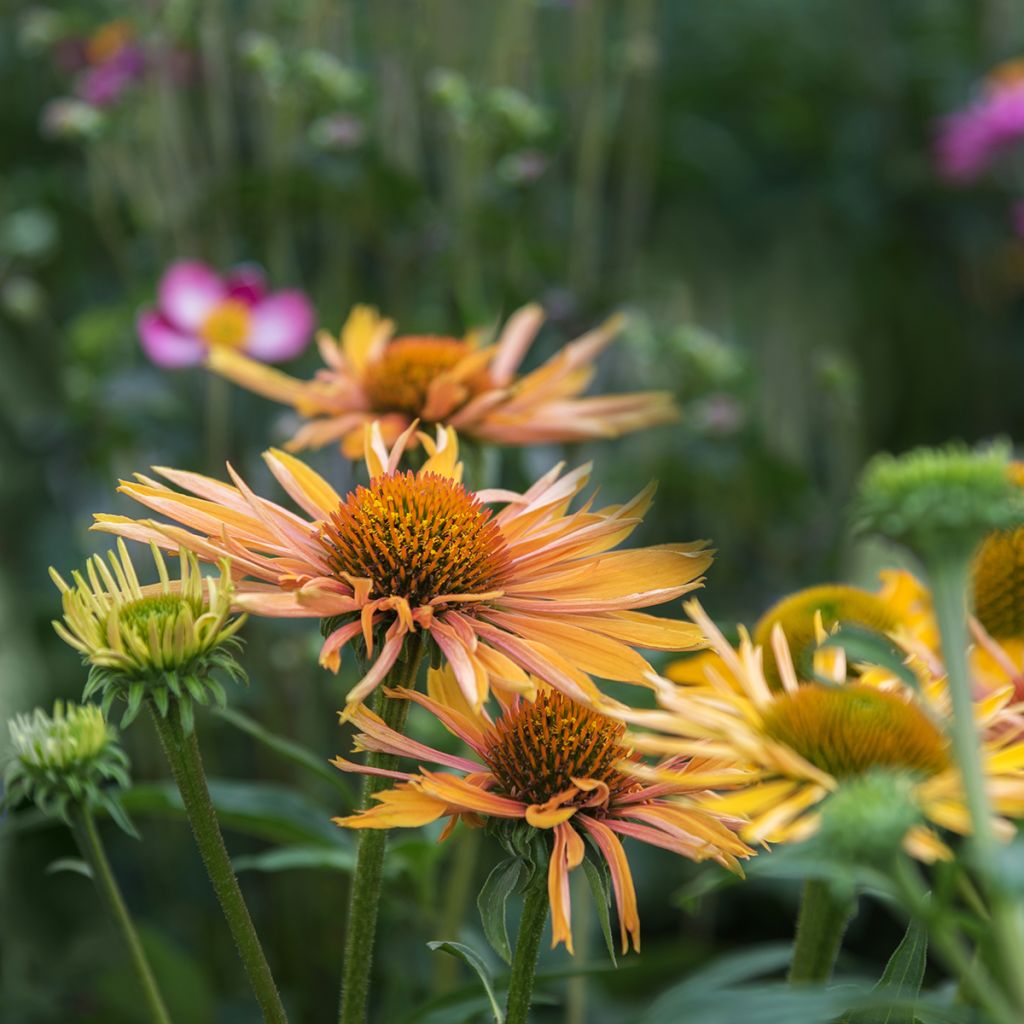

Echinacea paradoxa - Coneflower
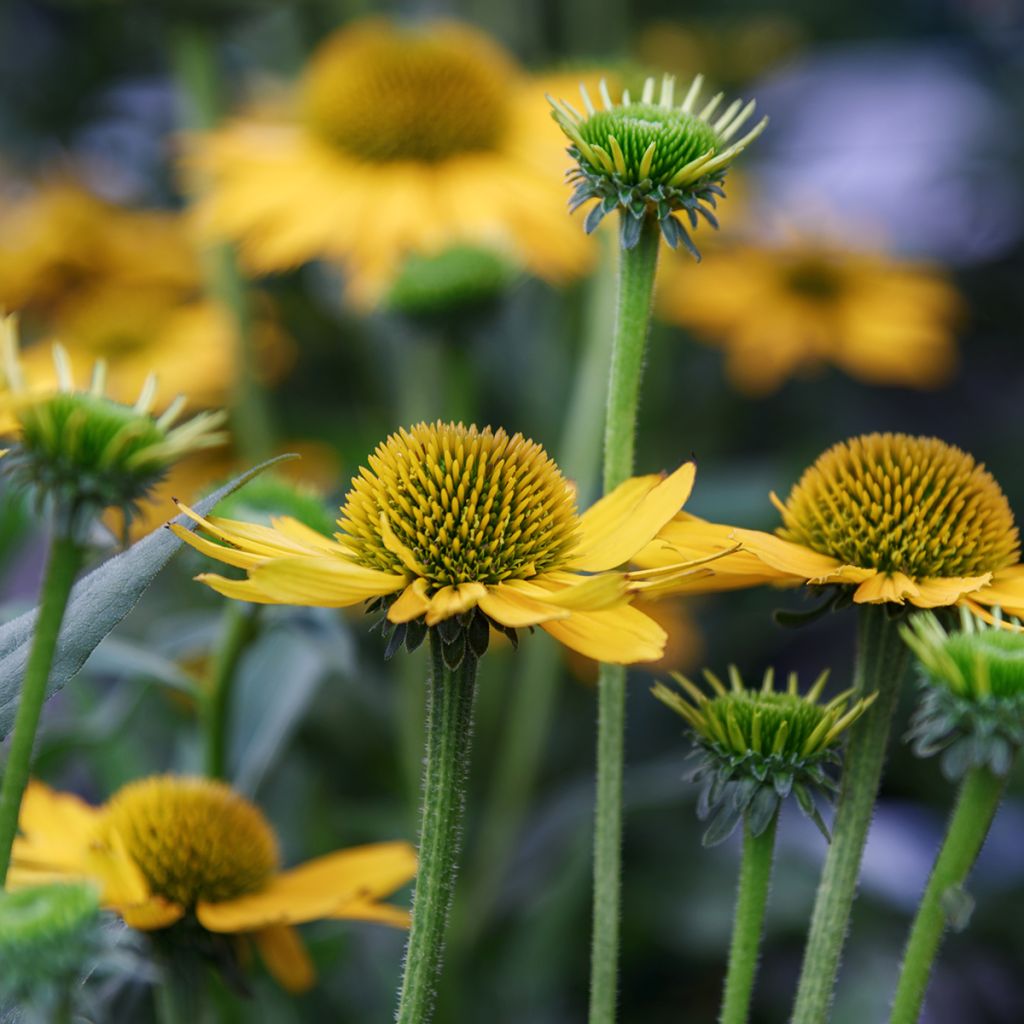

Echinacea paradoxa - Coneflower
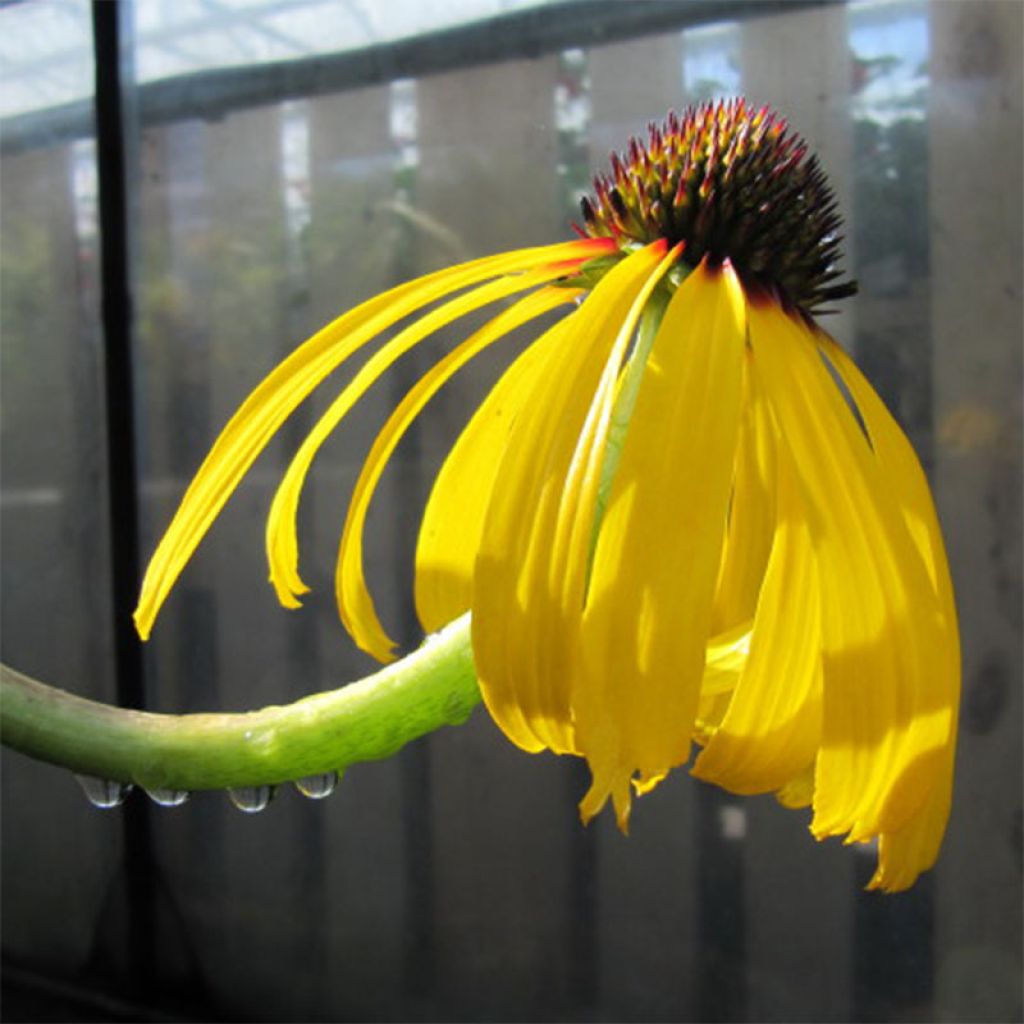

Echinacea paradoxa - Coneflower
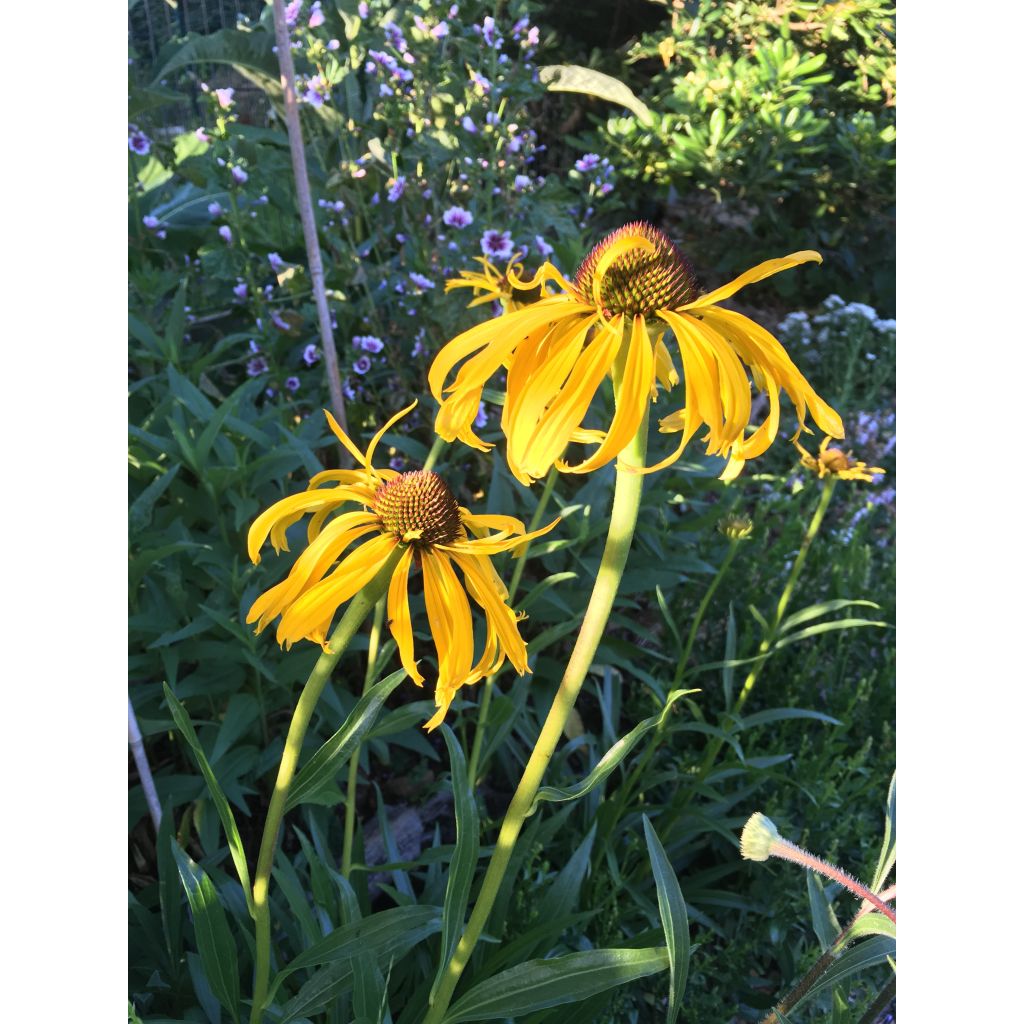

Echinacea paradoxa - Coneflower
Echinacea paradoxa - Coneflower
Echinacea paradoxa
Bush's Yellow Coneflower
This item cannot be shipped to the selected country
Delivery charge from €5.90
Delivery charge from €5.90
More information
Schedule delivery date,
and select date in basket
This plant carries a 12 months recovery warranty
More information
We guarantee the quality of our plants for a full growing cycle, and will replace at our expense any plant that fails to recover under normal climatic and planting conditions.
From €5.90 for pickup delivery and €6.90 for home delivery
Express home delivery from €8.90.
From €5.90 for pickup delivery and €6.90 for home delivery
Express home delivery from €8.90.
Does this plant fit my garden?
Set up your Plantfit profile →
Description
A fragrant yellow Echinacea, of rare beauty, with a long and abundant golden yellow summer flowering! This tall perennial forms a beautiful bushy clump carrying long stems with narrow green leaves and splendid flowers with downward curved petals, adorned with a chocolate-brown cone-shaped heart. A splendid contrast!
Echinacea paradoxa or Yellow Coneflower, belonging to the Asteraceae family, is native to North America, where it is found in the wild in clearings and meadows in the states of Missouri, Arkansas, Oklahoma, and Texas. This Echinacea is a herbaceous perennial plant measuring up to 90cm (35in) tall with a spread of about fifty centimetres. The paradox of this Echinacea is that it presents yellow flowers instead of the usual purple or pink flowers for the genus. It produces long rigid stems on which, from June to August, large golden yellow flowers, 10cm (4in) in diameter, resembling daisies, but with trailing petals and a prominent cone-shaped centre, chocolate-brown in colour, bloom. Its deciduous foliage is composed of long, smooth, lanceolate, medium green leaves. Honey-bearing and fragrant, this yellow Echinacea attracts numerous pollinating insects, such as bees and butterflies. If the stems and faded flowers are not cut, but left in place, the dried cones will decorate the garden during the dormant season, and birds will be able to feed on the seeds during winter.
The term Echinacea comes from the Greek word Echinos, meaning Hedgehog, in reference to the bristly seed cones of these plants.
Echinacea is a medicinal plant used in homeopathy as a short-term immune stimulant to prevent infections.
This plant was also known to Native Americans who used its leaves to fight rheumatism and certain childhood diseases, and its roots to treat burns and toothaches.
Yellow Echinacea should be planted in full sun, in well-drained ordinary soil, with a planting distance of 40cm (16in). It will integrate perfectly into a wild-looking garden as well as in perennial scenes and summer flowering beds, which it will enhance with its beautiful golden yellow colour. It will be the perfect companion for other varieties of Echinacea, as well as Garden Irises, Coquelourde, Globe Thistles, Large-flowered Fleabanes, Everlastings, Indigo Lupins, as well as Sneezeweed. Echinacea is, of course, perfectly suited for cut flowers as well as dried flowers, with its bristly cones being particularly graphic. For this, allow the flowers to mature on the plant and fade, then harvest them and hang them upside down in a well-ventilated and dry place to dry.
Report an error about the product description
Echinacea paradoxa - Coneflower in pictures
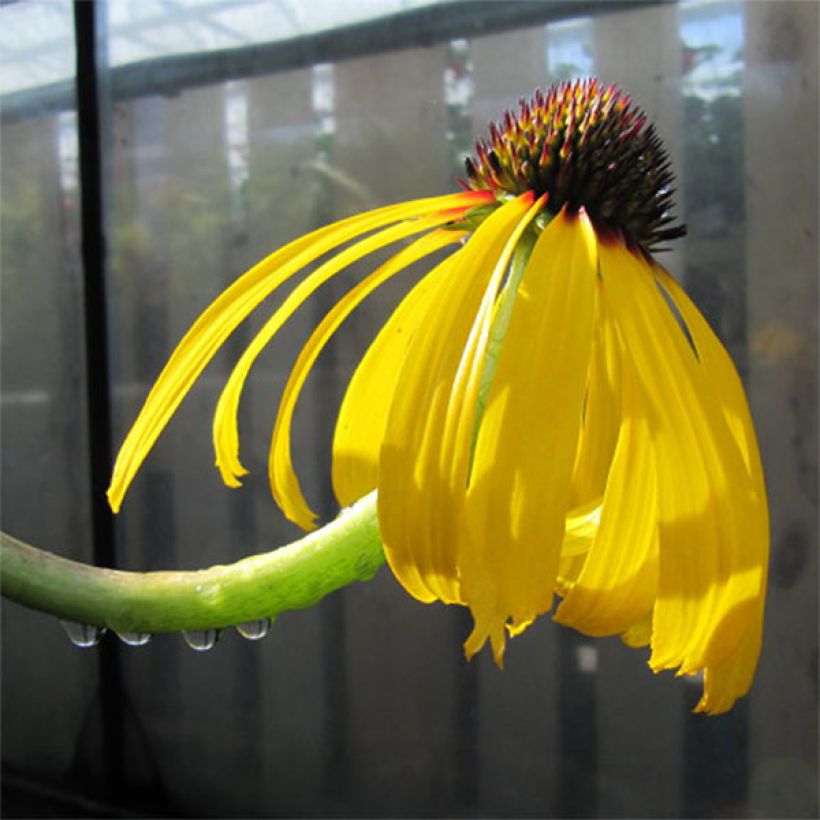

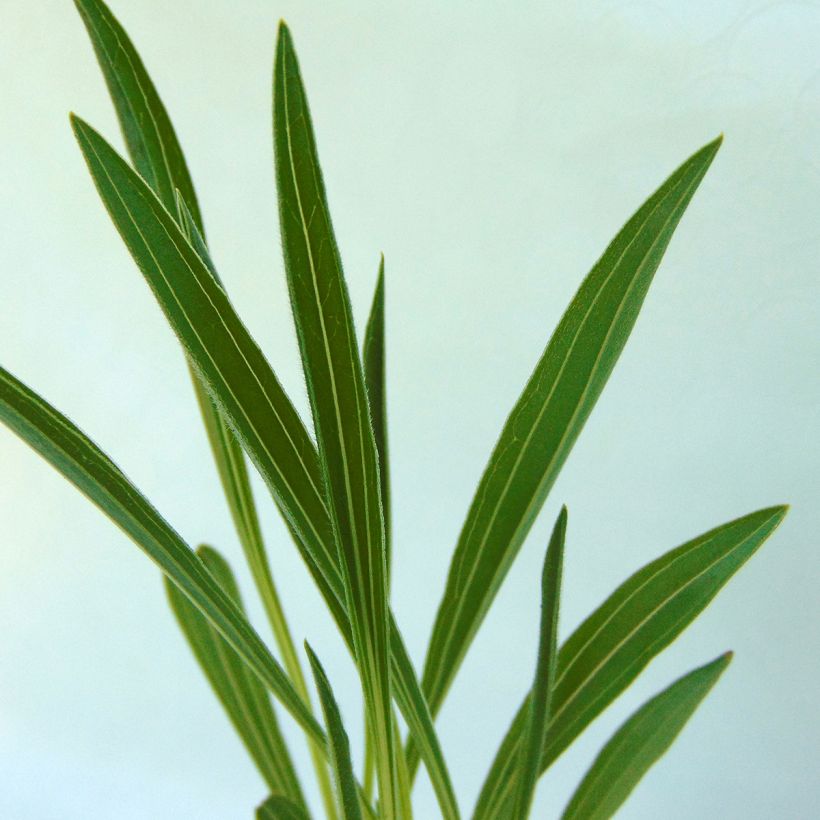

Flowering
Foliage
Plant habit
Botanical data
Echinacea
paradoxa
Asteracées
Bush's Yellow Coneflower
North America
Other Echinacea - Coneflower
Planting and care
Echinacea paradoxa is an easy to grow plant, requiring little care and of good hardiness. Plant it in the sun or in light shade, in a soil that is ordinary to humus-rich, not too dry to moist, and very well-drained. Poor drainage being fatal to it, it is strongly recommended, in cold and humid regions, to place a dry mulch at its base during the winter season. As it takes quite some time to establish, it can take one to two years to give its best. On the other hand, not liking to be disturbed, it appreciates transplantations very little. It is therefore necessary to choose its final location well when planting. Once well established, this yellow-flowered plant is quite tolerant to drought. However, watering is still recommended when the plant is in full growth. It is possible to add a mulch to the soil in spring to keep the soil moist. The flowering can be prolonged by regularly removing the faded flowers. Cut back all the stems to ground level in October. However, at the end of the season, its cones being a decorative element for the garden during the dull season, it will be possible to leave the stems in place and cut them back at the end of winter. Divide large clumps every two or three years, knowing that these plants do not like to be disturbed.
Planting period
Intended location
Care
-
, onOrder confirmed
Reply from on Promesse de fleurs
Summer flowering perennials
Haven't found what you were looking for?
Hardiness is the lowest winter temperature a plant can endure without suffering serious damage or even dying. However, hardiness is affected by location (a sheltered area, such as a patio), protection (winter cover) and soil type (hardiness is improved by well-drained soil).

Photo Sharing Terms & Conditions
In order to encourage gardeners to interact and share their experiences, Promesse de fleurs offers various media enabling content to be uploaded onto its Site - in particular via the ‘Photo sharing’ module.
The User agrees to refrain from:
- Posting any content that is illegal, prejudicial, insulting, racist, inciteful to hatred, revisionist, contrary to public decency, that infringes on privacy or on the privacy rights of third parties, in particular the publicity rights of persons and goods, intellectual property rights, or the right to privacy.
- Submitting content on behalf of a third party;
- Impersonate the identity of a third party and/or publish any personal information about a third party;
In general, the User undertakes to refrain from any unethical behaviour.
All Content (in particular text, comments, files, images, photos, videos, creative works, etc.), which may be subject to property or intellectual property rights, image or other private rights, shall remain the property of the User, subject to the limited rights granted by the terms of the licence granted by Promesse de fleurs as stated below. Users are at liberty to publish or not to publish such Content on the Site, notably via the ‘Photo Sharing’ facility, and accept that this Content shall be made public and freely accessible, notably on the Internet.
Users further acknowledge, undertake to have ,and guarantee that they hold all necessary rights and permissions to publish such material on the Site, in particular with regard to the legislation in force pertaining to any privacy, property, intellectual property, image, or contractual rights, or rights of any other nature. By publishing such Content on the Site, Users acknowledge accepting full liability as publishers of the Content within the meaning of the law, and grant Promesse de fleurs, free of charge, an inclusive, worldwide licence for the said Content for the entire duration of its publication, including all reproduction, representation, up/downloading, displaying, performing, transmission, and storage rights.
Users also grant permission for their name to be linked to the Content and accept that this link may not always be made available.
By engaging in posting material, Users consent to their Content becoming automatically accessible on the Internet, in particular on other sites and/or blogs and/or web pages of the Promesse de fleurs site, including in particular social pages and the Promesse de fleurs catalogue.
Users may secure the removal of entrusted content free of charge by issuing a simple request via our contact form.
The flowering period indicated on our website applies to countries and regions located in USDA zone 8 (France, the United Kingdom, Ireland, the Netherlands, etc.)
It will vary according to where you live:
- In zones 9 to 10 (Italy, Spain, Greece, etc.), flowering will occur about 2 to 4 weeks earlier.
- In zones 6 to 7 (Germany, Poland, Slovenia, and lower mountainous regions), flowering will be delayed by 2 to 3 weeks.
- In zone 5 (Central Europe, Scandinavia), blooming will be delayed by 3 to 5 weeks.
In temperate climates, pruning of spring-flowering shrubs (forsythia, spireas, etc.) should be done just after flowering.
Pruning of summer-flowering shrubs (Indian Lilac, Perovskia, etc.) can be done in winter or spring.
In cold regions as well as with frost-sensitive plants, avoid pruning too early when severe frosts may still occur.
The planting period indicated on our website applies to countries and regions located in USDA zone 8 (France, United Kingdom, Ireland, Netherlands).
It will vary according to where you live:
- In Mediterranean zones (Marseille, Madrid, Milan, etc.), autumn and winter are the best planting periods.
- In continental zones (Strasbourg, Munich, Vienna, etc.), delay planting by 2 to 3 weeks in spring and bring it forward by 2 to 4 weeks in autumn.
- In mountainous regions (the Alps, Pyrenees, Carpathians, etc.), it is best to plant in late spring (May-June) or late summer (August-September).
The harvesting period indicated on our website applies to countries and regions in USDA zone 8 (France, England, Ireland, the Netherlands).
In colder areas (Scandinavia, Poland, Austria...) fruit and vegetable harvests are likely to be delayed by 3-4 weeks.
In warmer areas (Italy, Spain, Greece, etc.), harvesting will probably take place earlier, depending on weather conditions.
The sowing periods indicated on our website apply to countries and regions within USDA Zone 8 (France, UK, Ireland, Netherlands).
In colder areas (Scandinavia, Poland, Austria...), delay any outdoor sowing by 3-4 weeks, or sow under glass.
In warmer climes (Italy, Spain, Greece, etc.), bring outdoor sowing forward by a few weeks.

































